
The government agency reported a quake with a preliminary magnitude of 4.8, centered near Lebanon, New Jersey.
People reported feeling the quake in the states of Connecticut and Massachusetts, with the Weather Channel reporting that it was noticeable in Boston and residents in Philadelphia reporting they felt it, too. Tremors lasting for several seconds were felt more than 200 miles away near the New Hampshire border.
The fire department of New York said on Friday there were no initial reports of damage or injury. But city dwellers were shocked and a little shaken up by the unexpected event, during which people sitting at desks or at home in high rises felt their whole building shake mildly for several seconds.
The movement then passed but people were left jittery about aftershocks and busily checking in with friends and family, including children at school, briefly putting a high load onto cellphone networks, the city authorities reported.
The New York police department's deputy commissioner of operations, Kaz Daughtry, said in a statement: "While we do not have any reports of major impacts at this time, we're still assessing the impact."
The UN security council was meeting at its headquarters in New York to discuss the situation in Gaza when the earthquake hit, shaking the building.
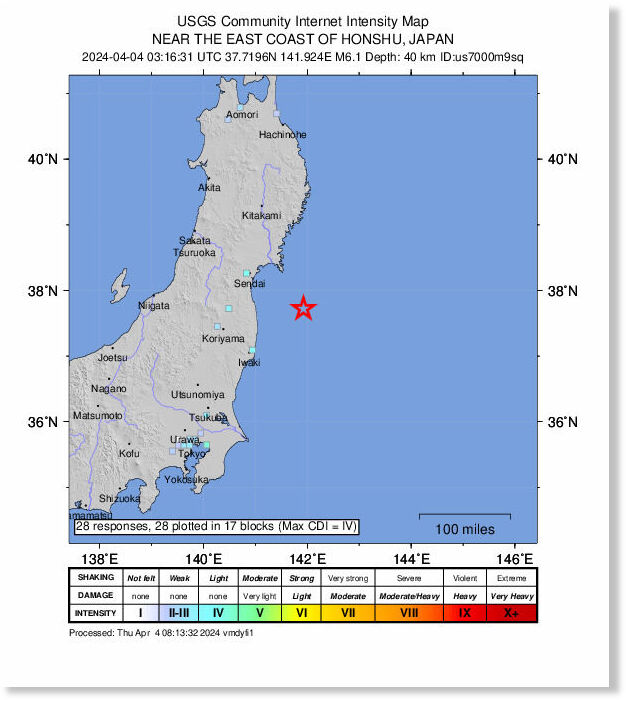
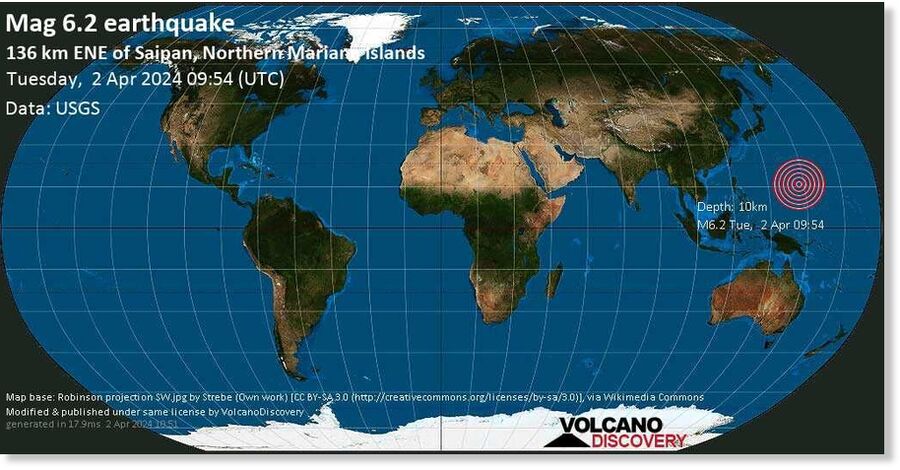
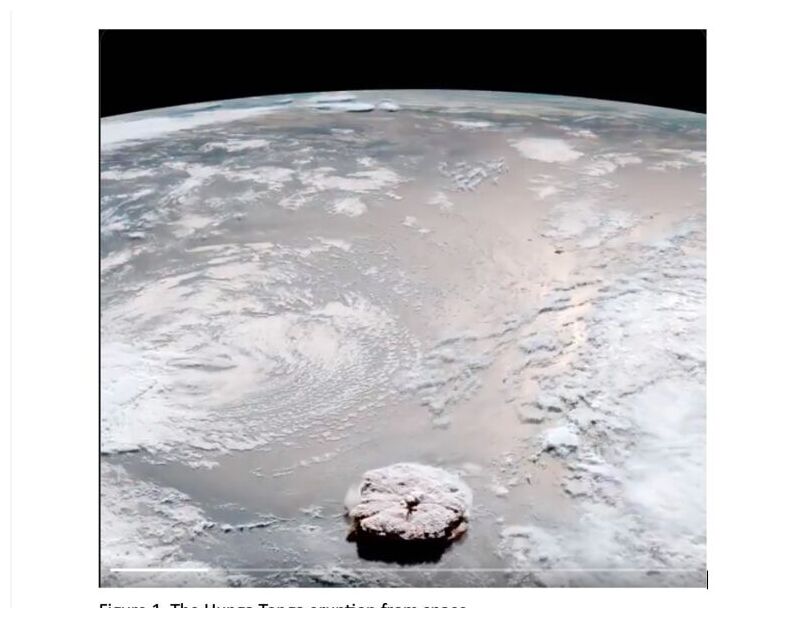
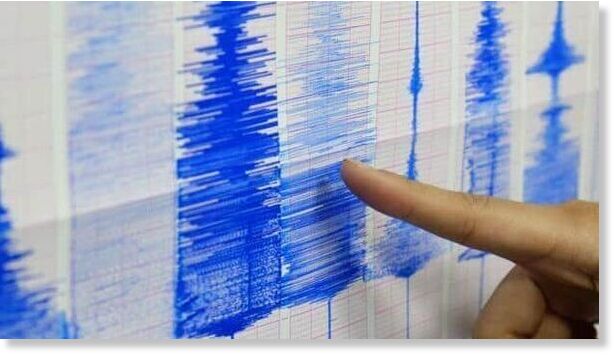
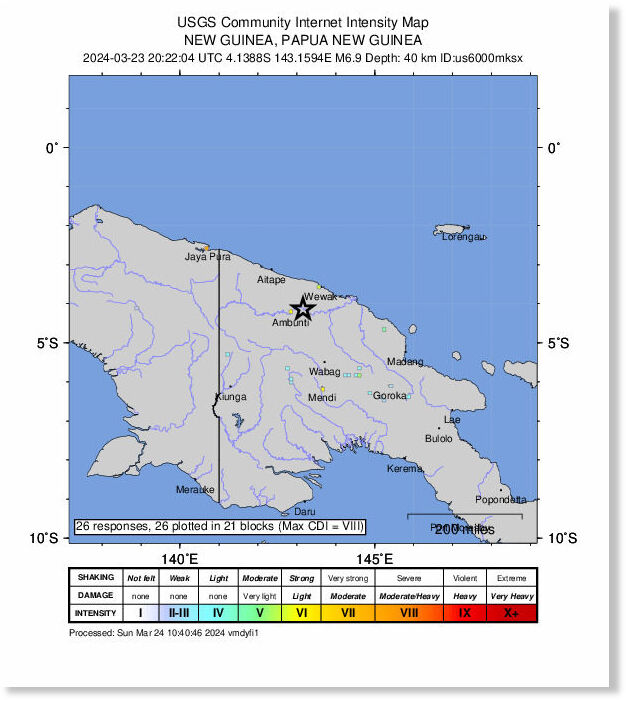

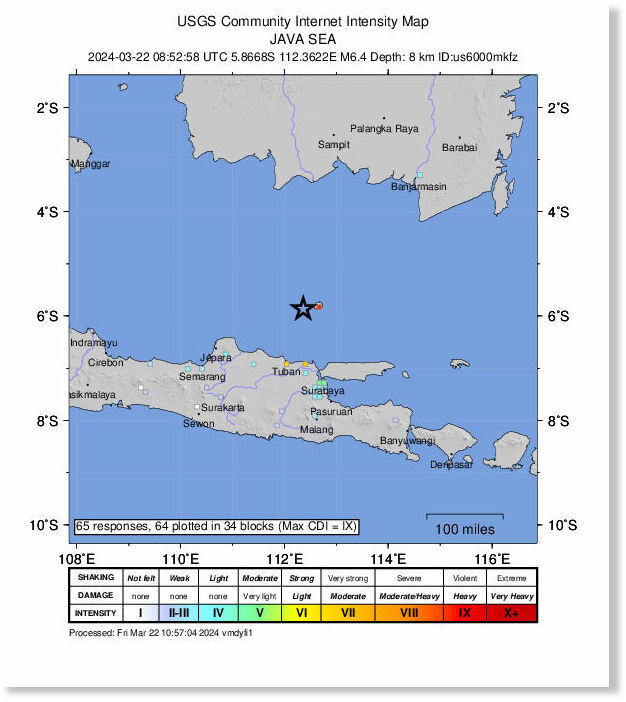
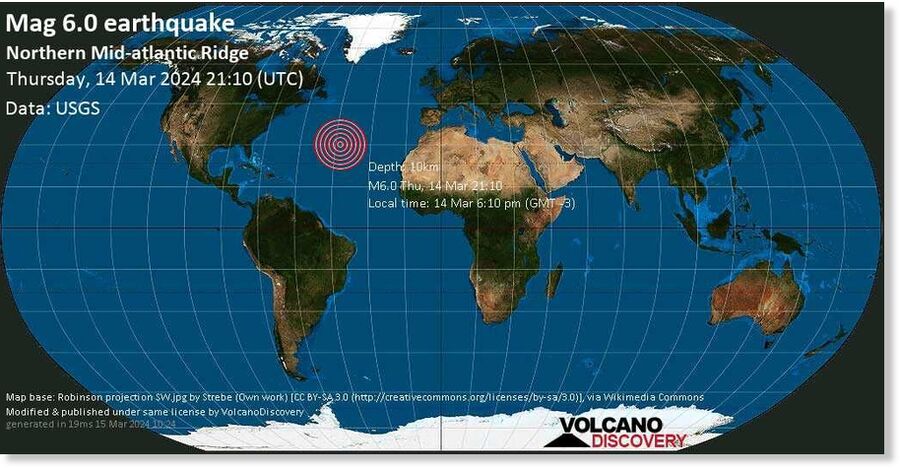
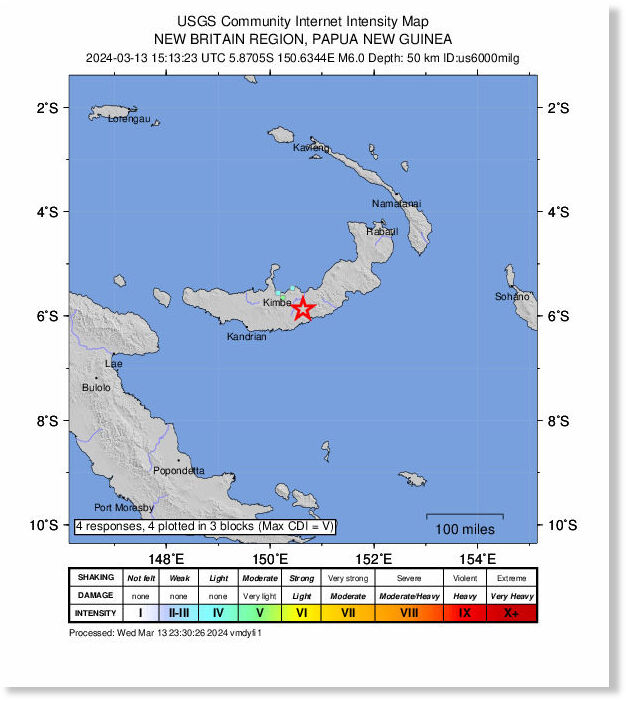



Comment: Fox News reports: